B. G. Mellor1855737671, 9781855737679, 9781845691561
Table of contents :
Contents……Page 6
Contributor contact details……Page 10
Preface……Page 12
1.1 Introduction……Page 20
1.2 Role of stress distributions in wear……Page 21
1.3 Wear in tribocontacts……Page 25
1.4 Stress fi elds for coated systems……Page 59
1.6 References……Page 67
1.7 Appendix: Nomenclature……Page 74
2.1 Introduction……Page 77
2.2 Thickness……Page 78
2.3 Fracture and adhesion testing……Page 81
2.4 Scratch testing……Page 85
2.5 Instrumented indentation testing……Page 87
2.7 Surface acoustic wave spectroscopy……Page 92
2.8 Residual stress measurement……Page 95
2.10 References……Page 96
3.1 Introduction……Page 98
3.2 Basic classifi cation of processes employed for coating……Page 99
3.3 Processes: coatings deposited on to the substrate……Page 100
3.4 Processes: coatings formed by reactions involving the substrate……Page 110
3.5 Comparison of the methods……Page 113
3.6 Future trends……Page 116
3.8 Further reading……Page 117
4.1 Introduction……Page 120
4.2 The chemical vapour deposition process……Page 121
4.3 Factors affecting the coating characteristics……Page 127
4.4 Advantages and disadvantages of chemical vapour deposition……Page 129
4.5 Plasma-assisted chemical vapour deposition……Page 130
4.6 Hard coatings produced by chemical vapour deposition……Page 131
4.7 Conclusions……Page 151
4.8 Future trends……Page 154
4.9 Sources of further information……Page 155
4.11 References……Page 156
5.1 Introduction……Page 165
5.2 Fundamentals of physical vapour deposition……Page 166
5.3 Commercial physical vapour deposition processes……Page 175
5.4 Coatings for wear resistance……Page 183
5.5 Applications……Page 190
5.6 Future trends……Page 197
5.7 References……Page 198
6.1 Introduction……Page 203
6.2 Electrolyte composition and operating conditions……Page 211
6.3 Characteristics of electroless deposits……Page 214
6.4 Conclusions……Page 236
6.5 References……Page 238
6.6 Appendix: Professional associations……Page 243
7.1 Introduction……Page 245
7.2 Electrodeposited metallic coatings……Page 251
7.3 Electrodeposited composite coatings……Page 259
7.5 Conclusions and further reading……Page 260
7.6 References……Page 264
7.7 Appendix: Professional associations……Page 266
8.1 Introduction……Page 268
8.2 Thermal spray process fundamentals……Page 275
8.3 Coating structures……Page 285
8.5 Structure–property relationships……Page 291
8.6 Industrial applications……Page 302
8.7 Unsuccessful coatings and applications……Page 307
8.8 Future trends……Page 309
8.9 References……Page 312
9.1 Introduction……Page 321
9.2 Welding processes suitable for hardfacing……Page 322
9.3 Nature of the deposit……Page 329
9.4 Hardfacing materials……Page 334
9.5 Hardfacing alloy selection……Page 379
9.6 Hardfacing process selection……Page 380
9.7 Distortion and residual stresses……Page 385
9.8 Successful and unsuccessful applications……Page 388
9.10 References……Page 389
10.2 Operation principles……Page 396
10.3 Lasers for laser surface engineering……Page 399
10.4 Advantages and limitations of laser surface engineering……Page 400
10.5 Applications on ferrous alloys……Page 401
10.6 Applications on aluminium alloys……Page 402
10.7 Applications on titanium alloys……Page 405
10.8 Conclusions……Page 407
10.9 References……Page 409
11.2 Coating materials……Page 411
11.3 Coating architectures……Page 413
11.4 Smart systems……Page 418
11.5 New processes……Page 420
11.7 References……Page 427
Index……Page 434

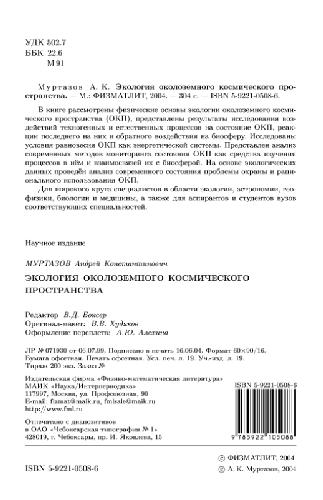
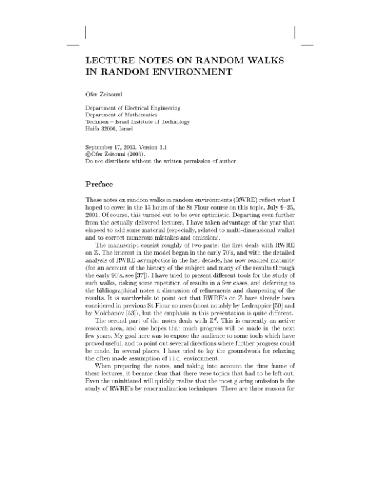

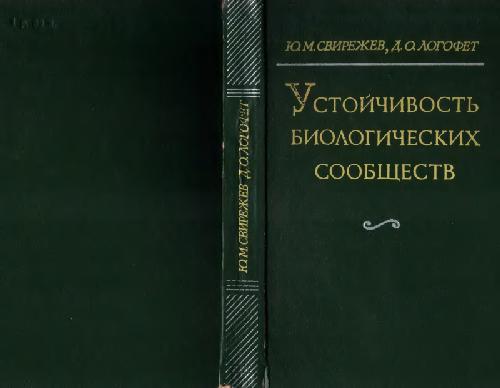
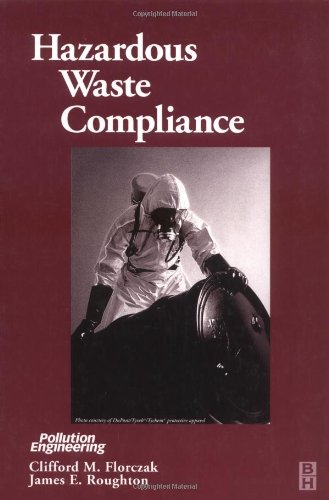
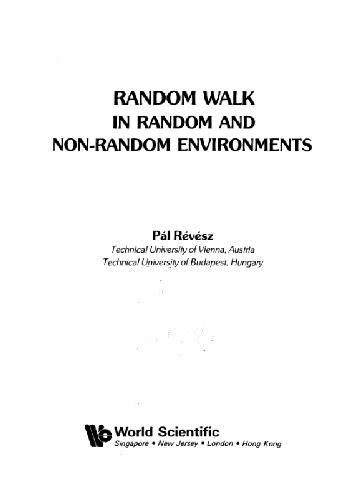
Reviews
There are no reviews yet.